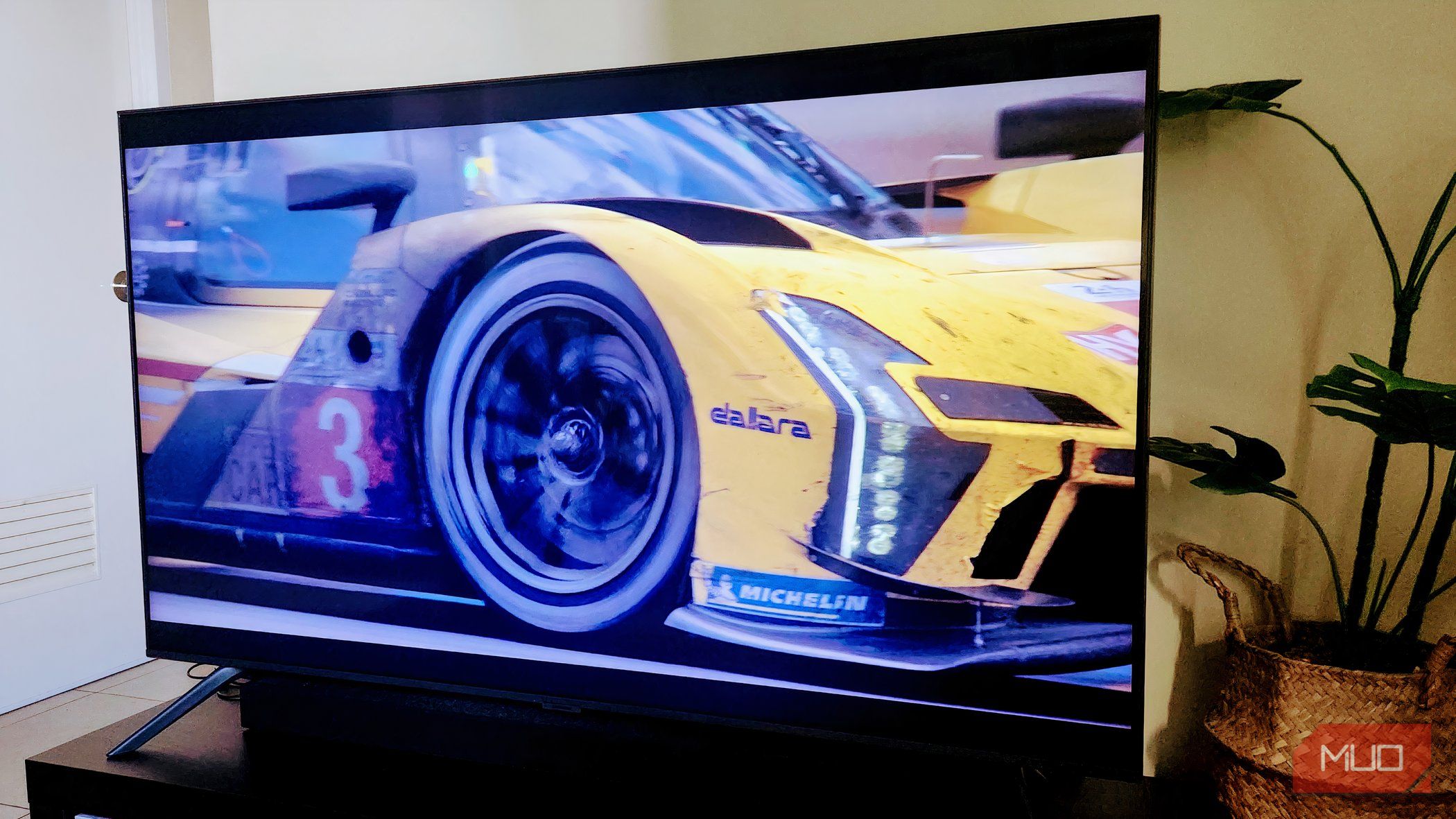Depending on the kind of games you play, the most important aspect of any gaming monitor might be its input lag. To measure that, we deployed the Leo Bodnar 4K Input Lag Tester and played a handful of games from our library to check for any noticeable blemishes.
(Credit: Joseph Maldonado)
We started our testing in the monitor’s 1080p/320Hz mode. There, we recorded an excellent 2.4ms of input lag at 1080p/240Hz using the Bodnar device (240Hz being the refresh-rate ceiling of the equipment). At 1080p/120Hz, we recorded 4.5ms of input lag, and at 1080p/60Hz, we recorded 12.8ms. That’s comparable with the Alienware 25 (AW2525HM) at higher refresh rates, but it’s 4ms slower at 60Hz. (The AW2525HM recorded 8.9ms at 60Hz.)
We then switched to the monitor’s 4K/160Hz mode and tested at three resolutions, including 1080p again to see if the mode switch would make any difference. We recorded a better 8.6ms of input lag at 1080p/60Hz, and the same 4.5ms of input lag at 1080p/120Hz. We then upped the resolution; at 1440p/60Hz, we recorded 6.1ms, and at 1440p/120Hz an 8.7ms reading. Finally, we moved to 4K; at 4K/60Hz, we recorded 8.4ms. (Our Bodnar meter can’t exceed 60Hz at 4K.)
Overall, these numbers are pretty good. We consider input lag of up to 16ms at 60Hz to be perfectly playable, though esports enthusiasts will be better off with monitors like the Sony InZone M10S and the LG 27 UltraGear OLED (27GX790A), thanks to their higher maximum refresh rates. While the Bodnar doesn’t allow us to measure above 240Hz at any resolution, with all things equal, the higher the refresh rate, the lower the input lag. So, in theory, you can expect even lower input lag on the InZone M10S and the LG UltraGear 27GX790A.
In use, the XG275D-4K proved to be dependable in both high-refresh and high-resolution modes. While the picture quality could be improved by a better contrast ratio to handle deeper blacks, games like Doom: The Dark Ages still looked good on the screen.










